Atrocities during July uprising: Of pellets and lost eyesight
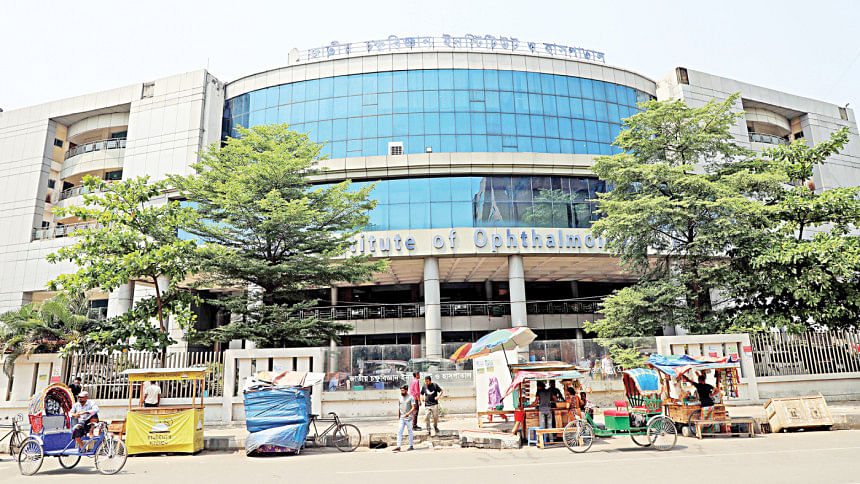
On the afternoon of July 18 last year, Zakia Sultana Neela, an assistant professor at the National Institute of Ophthalmology and Hospital (NIOH), stepped out of a routine surgery into a scene of unfolding horror.
Downstairs, the ground floor was swarming with several hundred people, mostly teenagers and youths, many clutching their eyes.
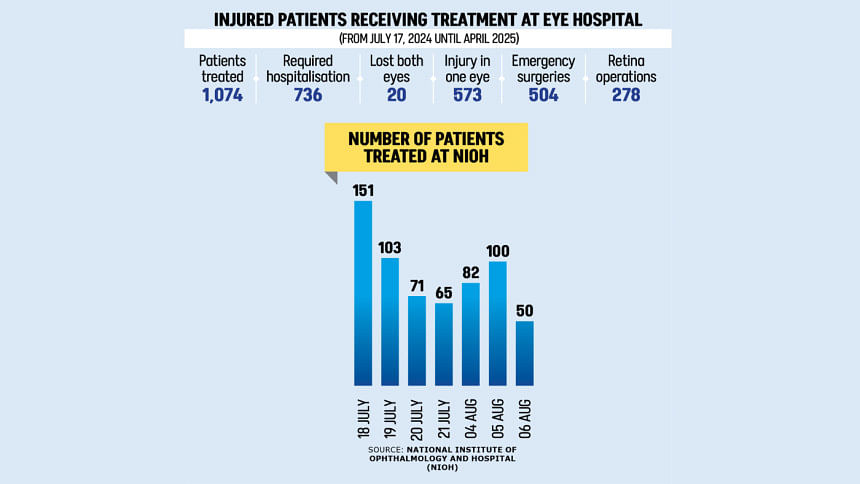
"Some were covering one eye with a hand, others with both. Blood was oozing from their eyes. It was a horrifying sight," Neela recalled.
For the next 72 hours, doctors at the 250-bed specialised hospital -- the country's largest public eye hospital -- were overwhelmed. They tirelessly performed surgeries on victims of attacks by law enforcers during the mass uprising.
"The operation theatres were occupied for three days in a row," said HEM Rejwanur Rahman Shohel, an assistant director at the hospital.
The facility recorded peak admissions on July 18 and 19.The numbers began to decline from July 20 but surged again on August 4 and 5, Shohel said, referring to hospital documents.
"The injured were struck by two types of projectiles -- metal pellets and bullets. Most had suffered wounds from metal pellets."
"Pellets struck my ear and lips. I didn't immediately register that another pellet had hit my left eye. A friend alerted me that my left eye was bleeding,"
Neela said, "The injured were struck by two types of projectiles -- metal pellets and bullets. Most had suffered wounds from metal pellets."
Hospital records show 1,074 injured people, including 736 requiring hospitalisation, received treatment at the hospital as of April this year. Of them, 20 lost both eyes. Doctors performed 504 emergency surgeries and 278 retina operations.
Till June, more than 50 of the injured received treatment at the hospital. Though no injured patients are now admitted there, many continue to receive eye care in the outdoor unit.
AN AFTERNOON LIKE NO OTHER
The July 18 afternoon remains etched in the memories of Rejwanur Rahman Shohel, an assistant surgeon.
Rejwanur, who is involved with a pro-BNP doctors' association, received a phone call from a senior BNP leader around 3:00pm, minutes after returning home from his hospital duty.
The BNP leader told him that many party activists had been injured and were taken to the hospital. Two of the injured also called him later.
"I couldn't immediately fathom the scale of the situation… But when I arrived at the hospital, I found it overwhelming," Shohel said.
Doctors were called in from home to help manage the influx of patients.
Most of the injured arrived with retinal damage caused by pellets. "Even in the least injured eyes, we found at least five pellets. In some cases, we recovered several dozen pellets from a single eye," Shohel said.
"There was fear, but we tried our best to provide care… We were told that a complaint had been lodged with the local police station against us for treating the protesters. But we didn't pay heed and carried on with our work," said Shohel.
Neela said, "We came to the hospital even during curfew. We treated our patients without any hesitation."
A LIFE-CHANGING MOMENT
The July uprising left an indelible mark on 25-year-old Tanvir Hasan Tushar, a third-year honours student at Dhaka College.
He joined the July movement, along with his friends from various private universities. As planned, Tanvir and his friends took position in the Notun Bazar area around 10:00am on July 18.
Hearing about police action against Brac University students, they moved towards the university.
As they reached Ring Road in Badda area around 12:15pm, a chase and counter-chase ensued between law enforcers and protesters. At one point, Tanvir was struck by pellets near the ramp of a flyover.
"Pellets struck my ear and lips. I didn't immediately register that another pellet had hit my left eye. A friend alerted me that my left eye was bleeding," he recalled.
Tanvir was taken to NIOH after failing to receive treatment at three private hospitals for a lack of doctors.
Eye specialists at NIOH treated his cornea and released him the same day. Later, he underwent another surgery at the hospital but is yet to regain vision in the left eye.
"I can only sense light within half a yard but not beyond that," said Tanvir, who had to quit his part-time jobs after the incident.
"My family isn't solvent... I now have no choice but to rely on them financially again," he added.
Another injured, Shahidul Islam Sakib, a college student, was hit by metal pellets in his left eye during protests in Feni's Chhagalnaiya on August 4.
The 18-year-old was later admitted to NIOH and underwent four surgeries.
"The injuries on my left eye were grievous. Doctors at NIOH recommended that I get an artificial eye," he said.
About a month ago, he had an artificial eye implant at Islamia Eye Hospital in Farmgate.
The youngest of four siblings, Sakib has not been able to resume his studies.
"My life has changed forever. I can't imagine what the future holds for me," he told The Daily Star.
Both Tushar and Sakib have been recognised as July Joddha and have received financial support from the government and the July Shaheed Smrity Foundation. They are among hundreds of young people who are now bearing the scars and trauma of violent attacks during the July mass uprising.
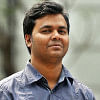
 For all latest news, follow The Daily Star's Google News channel.
For all latest news, follow The Daily Star's Google News channel. 


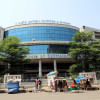

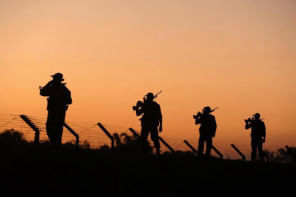
Comments